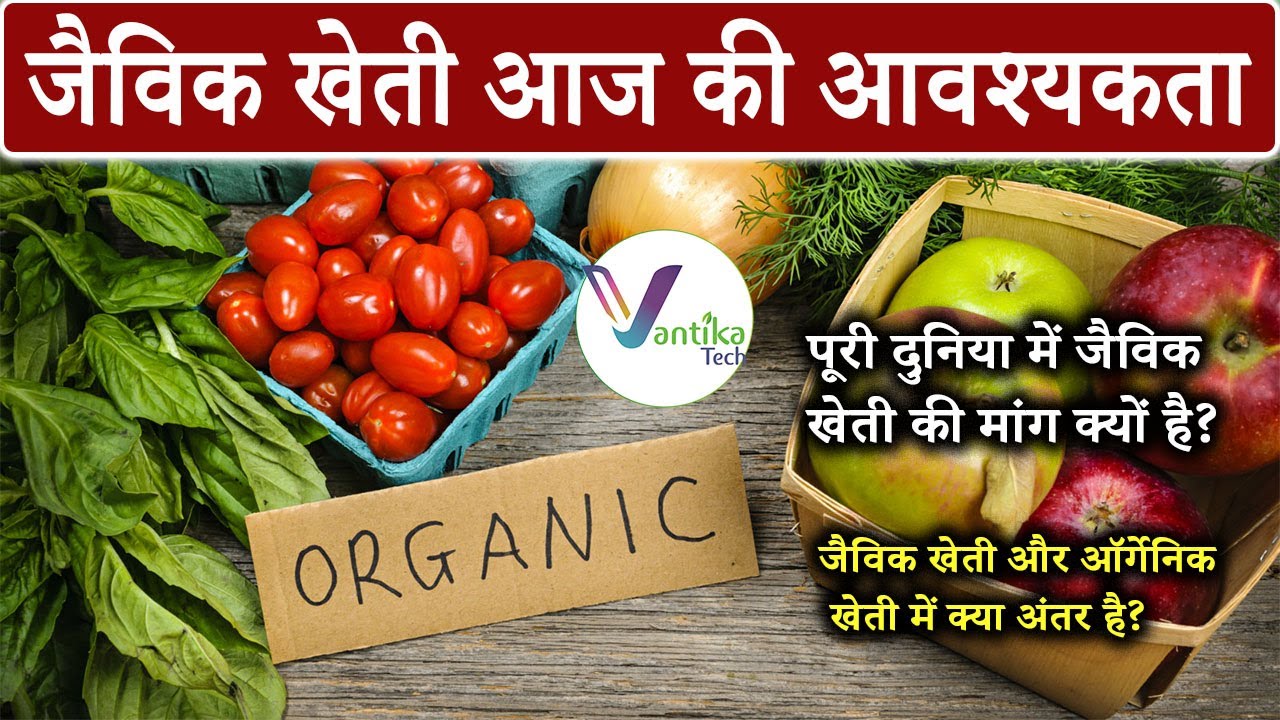Agriculture is the backbone of our economy, and the quality of our soil determines the success of our crops. The use of cover crops is an effective way to improve soil health, fertility and prevent erosion. In this blog, we will explore the various benefits of cover crops for soil health, along with examples of cover crops that can be used to improve soil health.
Benefits of Cover Crops:
Improving Soil Fertility: Cover crops can add valuable nutrients to the soil, which are essential for the growth of crops. Legumes, such as clover and vetch, fix nitrogen in the soil and improve soil fertility. This reduces the need for synthetic fertilizers and promotes the growth of healthy plants.
Preventing Erosion: Cover crops also help to prevent soil erosion. Their roots hold the soil in place, reducing the impact of wind and water erosion. This is particularly important in areas that are prone to heavy rainfall, flooding or high winds.
Enhancing Soil Health: Cover crops can also improve soil health by increasing soil organic matter, which is essential for soil structure, water retention and nutrient availability. They can also help to reduce soil compaction and improve soil aeration, which is beneficial for the growth of crops.
Weed Suppression: Cover crops can also be used to suppress weeds, reducing the need for herbicides. Crops such as rye, oats and buckwheat are particularly effective at suppressing weeds.
Examples of Cover Crops:
Legumes: Clover, vetch, alfalfa, beans, and peas.
Grasses: Rye, oats, wheat, barley, and sorghum.
Brassicas: Radish, turnips, and mustard.
Buckwheat: A quick-growing crop that suppresses weeds and attracts beneficial insects.
Cover crops also help in reducing soil erosion and improving water quality. By establishing a dense cover on the soil surface, cover crops protect the soil from the impact of raindrops, thus preventing soil erosion. They also absorb excess nutrients and prevent them from leaching into the groundwater, which helps in maintaining water quality.
In addition to the above benefits, cover crops can also be used for forage and hay production. Farmers can graze their livestock on cover crops during fallow periods or use them for hay production. This not only provides additional income but also helps in reducing the need for synthetic fertilizers and herbicides.
Examples of cover crops include legumes such as clover and vetch, grasses such as rye and oats, and brassicas such as radishes and turnips. Different cover crops offer different benefits and can be tailored to suit specific soil and climate conditions.
Conclusion:
The use of cover crops can have significant benefits for soil health, improving fertility and preventing erosion. By selecting the right cover crop for your specific needs, you can promote healthy soil and healthy crops. Incorporating cover crops into your agricultural practices is a long-term investment in the health and productivity of your land.
Overall, cover crops are an effective tool for improving soil health and fertility, reducing soil erosion, and improving water quality. By incorporating cover crops into their farming practices, farmers can improve the sustainability and profitability of their operations while also contributing to the health of the environment.
Thanks for visiting us. Subscribe to us for more agriculture updates.
#covercrops #soilhealth #soilfertility #sustainability #waterquality #legumes #grasses #brassicas #farming #agriculture #fallowperiods #livestock #income #syntheticfertilizers #herbicides #covercrops #soilhealth #agriculture #farming #sustainability #erosionprevention #soilfertility #organicfarming








No comments:
Post a Comment